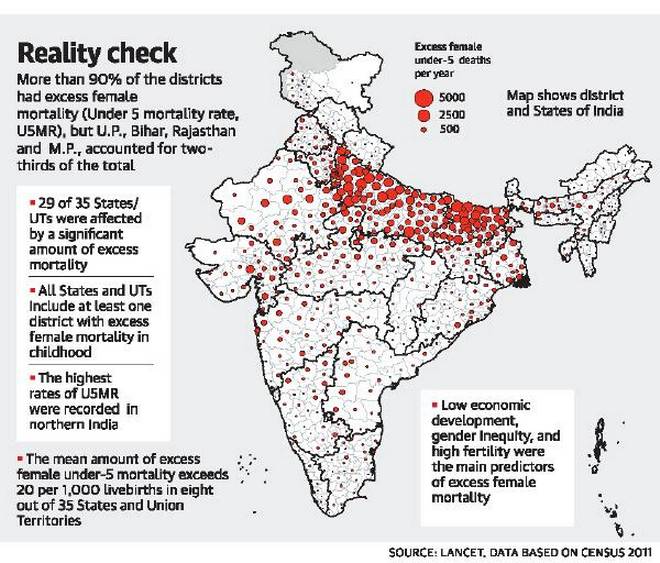7667766266
enquiry@shankarias.in
Bengal florican
Merchandise Export from India Scheme
Space Gardening
Green Skill Development Program
Mountaineering Expedition to Mt. Bhagirathi-II
Gender bias caused ‘excess’ deaths of girls under 5

Source: PIB, The Hindu